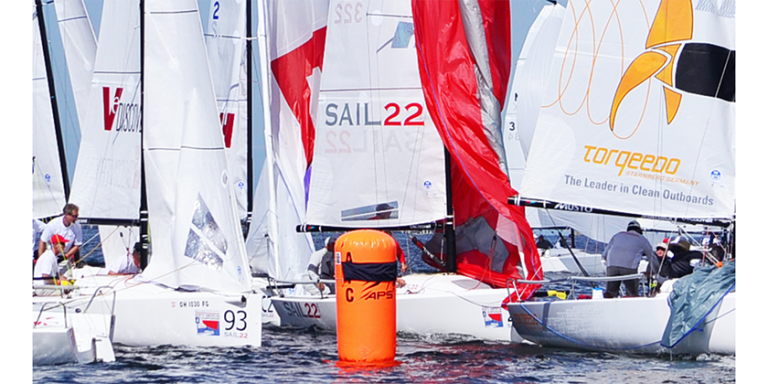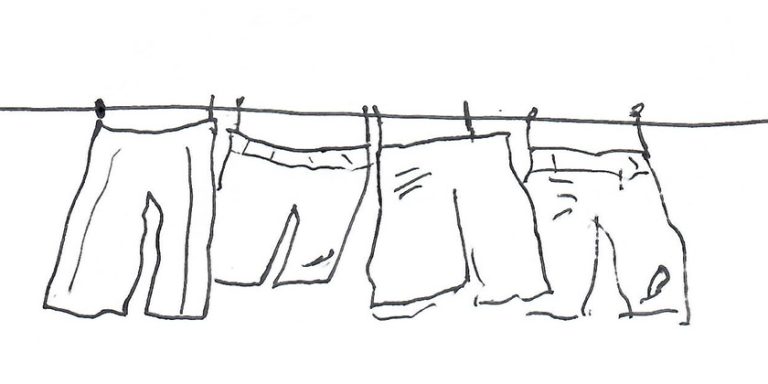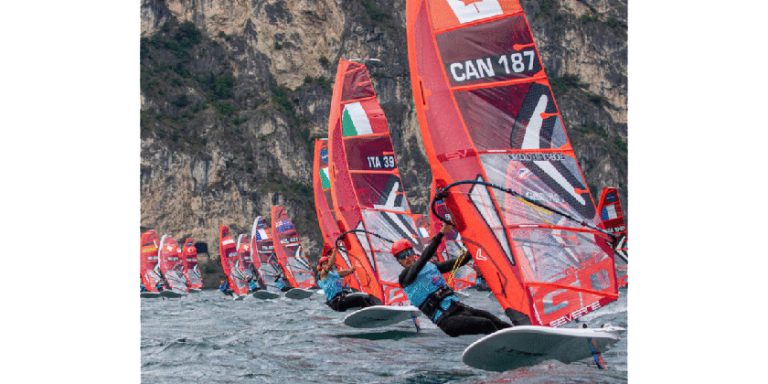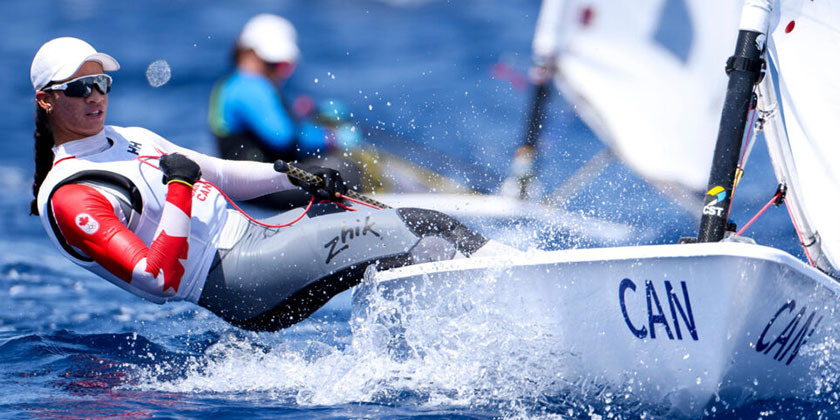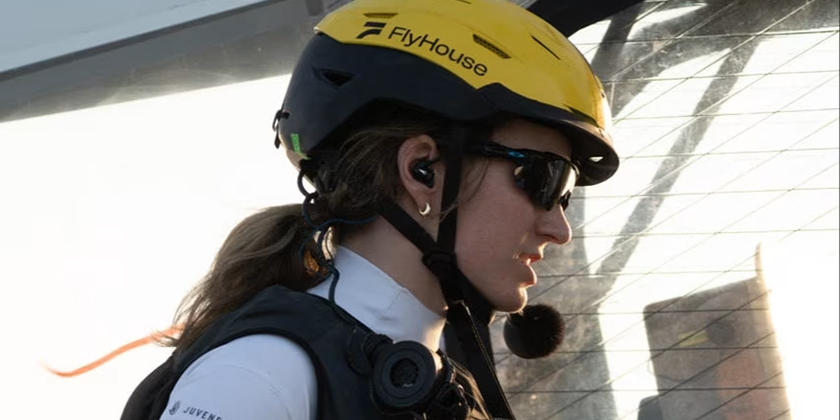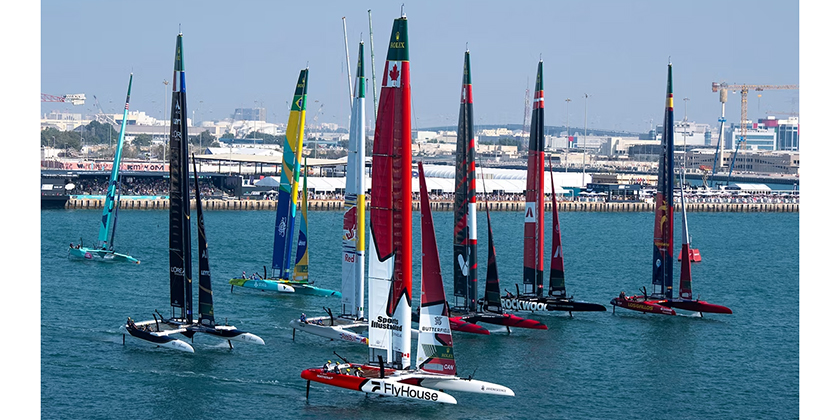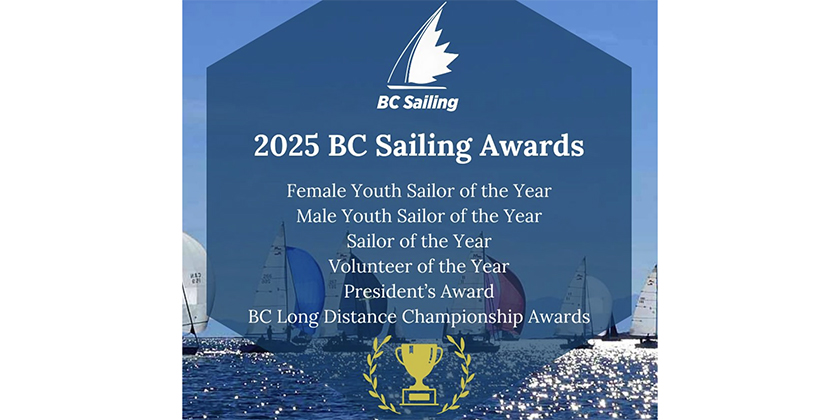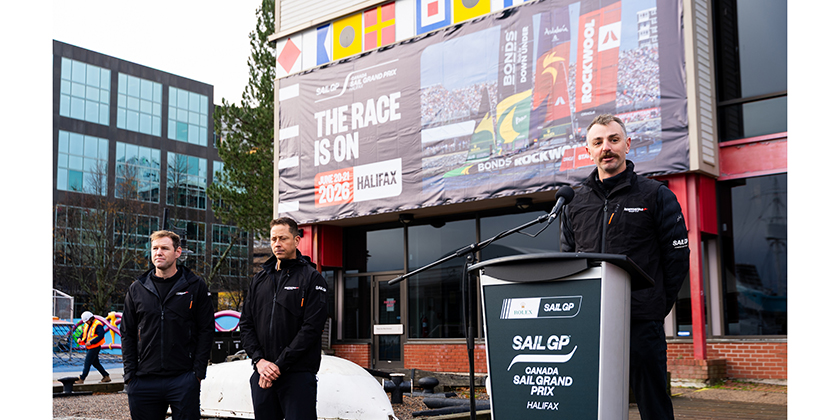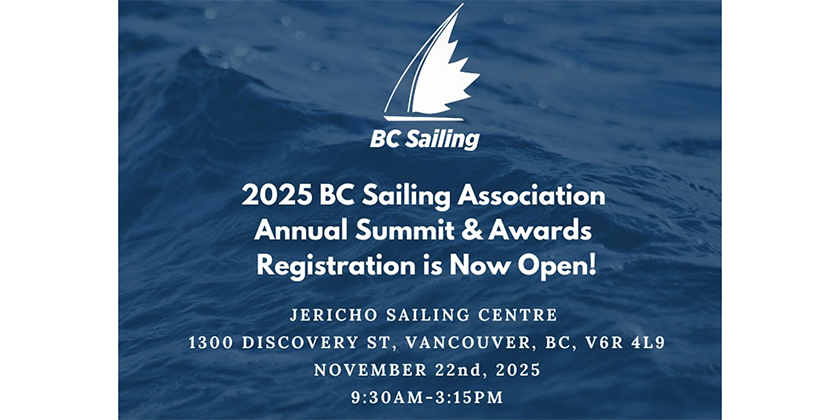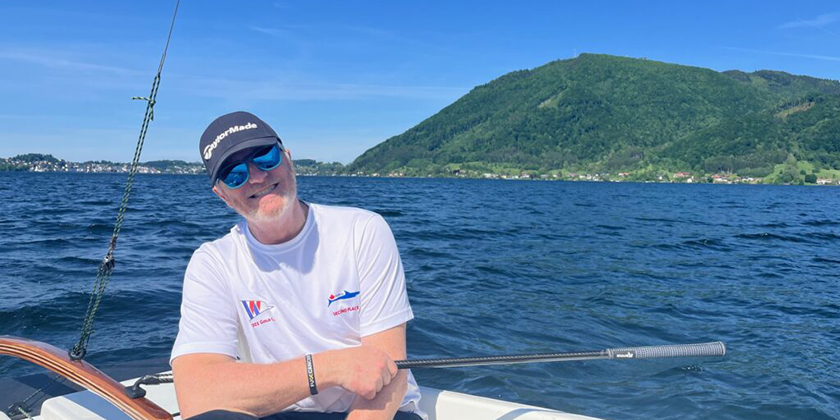Speed & Smarts: Do I Really Have a Speed Problem?
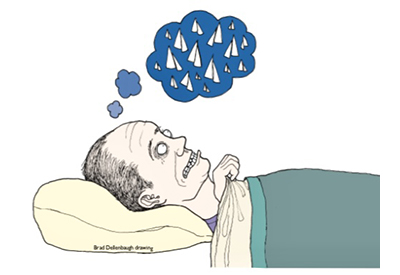
Jan 19, 2022
By Dave Dellenbaugh
As they say in therapy, the first step in solving any problem is acknowledging that you have that problem. Most sailors are not shy about admitting they are slow; in fact, many are quick to blame poor speed for a variety of mistakes. But if you want to improve your racing results, you need an honest assessment of your strengths and weaknesses – otherwise you will waste time working on the wrong thing. For example, if you get a bad start in every race of a regatta, it’s hard to blame your poor finishes on boatspeed. It may be easier to tell other sailors that you lost the races because you were slow (rather than admit you are a bad starter), but that won’t help you improve for future events.
So, how do you know if you really have a speed problem? Try asking yourself a few questions:
- Have you been slow over and over in the same conditions?
- Have there always been boats nearby to give you good feedback?
- Can you rule out strategic and other reasons for poor performance?
If your answer to all of these questions is yes, you probably need to work on speed. But it is tough to draw too many conclusions about boatspeed based on your performance in regattas. That’s because it is difficult to carry on a valid speed test while you are racing. Your attention is focused on other things, and it’s too easy to interpret missed strategic opportunities (e.g. windshifts or puffs) as part of a speed problem.
However, there are a couple of things you could do during a regatta that will help you figure out if you’ve got the slows:
- Get a top sailor from your class or your sailmaker to race with you, or even to steer your boat. If you are still slow with this talent, you probably have a problem.
- Steer someone else’s boat for a race or regatta. If this boat feels good and you are suddenly getting better finishes than you got with your own boat, you probably have an issue with speed (or psychology)!
In order to conclude that you have a speed problem, you need conclusive evidence – the kind that comes from seeing a problem happen over and over again in similar conditions with comparable boats sailing close together. In other words, you need to spend some time doing two-boat testing.
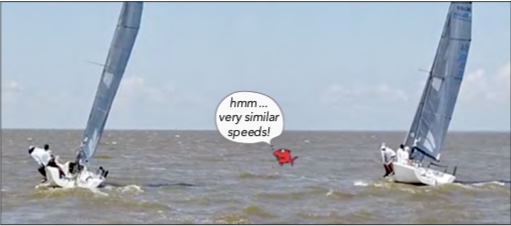 Test your speed with a buddy
Test your speed with a buddy
There is only one way to know for sure if you have a speed problem, and that is to line up alongside a similar boat and sail upwind for a while. One-design sailors are lucky because it’s easy to compare themselves to identical boats. Handicap racers, however, have a harder time because there may not be any other boats exactly like theirs.
So whenever you have a chance to go out on a training day with one other boat, don’t hesitate! Line the boats up on closehauled courses and sail until you are confident about your relative speeds. Switch positions, repeat, switch tacks and repeat more tests.
If one boat is usually slower, try exchanging helmspeople (i.e. switch them between boats) for a few tests. This is a definitive way to find out if the problem is with you or your boat! You could do the same thing with sail trimmers or even sails to isolate and identify the problem.
Don’t settle for being slow
When you have a problem with your speed, early diagnosis is key. One thing that separates top sailors from all the rest is their ability to identify a disease early, determine the cause and quickly find a cure.
The longer you deny or ignore a speed problem, the more you grow accustomed to having other boats sail past you, and the more you change your tactics and strategies to compensate for having less speed. Neither of these is good.
Your basic assumption should always be that you have the potential to be as fast as any other boat on the racecourse. If you don’t experience this during races or two-boat training sessions, assume you have a case of the slows and get to work finding a cure.
You know you have a speed problem when…
- You find yourself banging the corners. When you’re going slow, it’s painful to sail alongside other boats and tempting to head out to ‘Cornersville.’ It is tough to beat your competitors by staying close to them – but if you take a flier you may get a windshift that will put you far enough ahead of them that they can’t catch you.
- Your tactics and strategy are not as good as they used to be. Most experienced tacticians know it’s better to be fast than smart. When you’re slow, it’s tough to look and feel clever. Your tactics and strategies may actually be fine, but it’s hard to make them work without speed.
- When there’s a boat on your lee bow, you tack away before they even start affecting you. A common occurrence when you have ‘the slows’ is being pinched off by a boat close to leeward. The slower you are, the sooner you will tack away, even when they aren’t really hurting you yet.
- No one wants to speed-test with you. One rule of thumb about speed testing (before races or on training days) is that you should pair up with a boat that is equal or slightly faster than you. If you’re slow you won’t be so helpful for other boats.
- When you sail someone else’s boat you feel really fast! Try steering someone else’s boat – if this makes you feel fast, then your own boat is probably slow.
- The good guys all want to be near you on the starting line! Fast boats like to set up near slower boats at the start because that makes it much easier for them to get off the line cleanly. It’s nice to be in good company, but not on the starting line.
Next time – How To Fix Speed Issues. Check the Feb 2 issue!
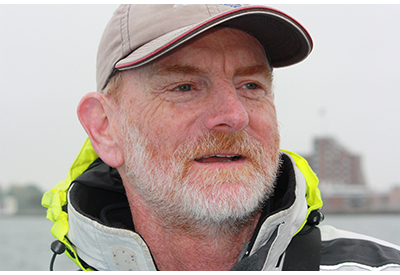 David Dellenbaugh is the publisher, editor and author of Speed & Smarts, the racing newsletter. He was the tactician and starting helmsman on America3 during her successful defense of the America’s Cup in 1992 and sailed in three other America’s Cup campaigns from 1986 to 2007. David is also two-time winner of the Canada’s Cup, a Lightning world champion, two-time Congressional Cup winner, seven-time Thistle national champion, three-time Prince of Wales U.S. match racing champion and past winner of the U.S. Team Racing Championship for the Hinman Trophy. He is currently a member of the US Sailing Racing Rules Committee (and was its chairman from 2005-2008).
David Dellenbaugh is the publisher, editor and author of Speed & Smarts, the racing newsletter. He was the tactician and starting helmsman on America3 during her successful defense of the America’s Cup in 1992 and sailed in three other America’s Cup campaigns from 1986 to 2007. David is also two-time winner of the Canada’s Cup, a Lightning world champion, two-time Congressional Cup winner, seven-time Thistle national champion, three-time Prince of Wales U.S. match racing champion and past winner of the U.S. Team Racing Championship for the Hinman Trophy. He is currently a member of the US Sailing Racing Rules Committee (and was its chairman from 2005-2008).
You can subscribe to the Speed & Smarts newsletter HERE



